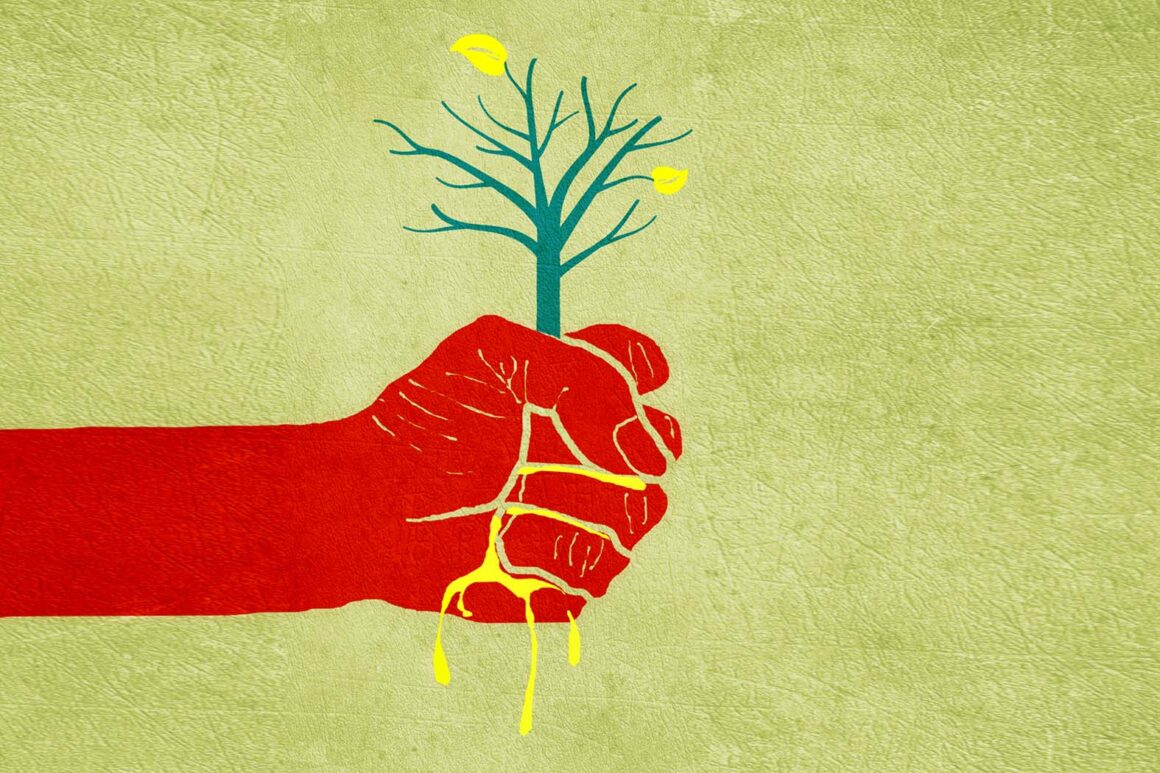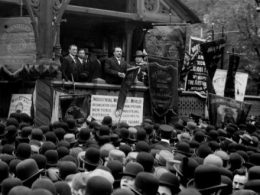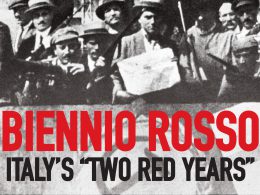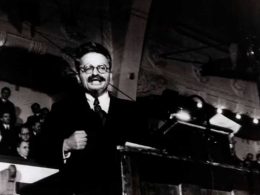By James McCabe
The terms far right, right populism and fascism are often used interchangeably in the media and public discourse today, but while all are connected and share particular features, fascism is distinct as the most extreme variant of far-right ideology.
Most dictionaries will describe fascism as a political movement or regime that’s racist, ultra-nationalist and stands for an autocratic government that’s headed by a dictatorial leader. These are all aspects of fascism but more explanation is needed.
Fascism is a form of capitalism, although it’s capitalism in its most dangerous form. Capitalism is a system in which the bulk of the economy is privately owned and based on competition and the exploitation of the labour of the working class. When economic crises bite, the ruling class feels impelled to slash wages and social services to restore profitability in the hope of a recovery. But if the working class is organised, it can make it difficult for bosses to simply heap more hardship upon it. Freedom of movement, the right to vote, strike and organise unions, by strengthening the position of the working class, can impede capitalism’s drive for profits. The ruling class is cautious when attacking these democratic rights, as it risks creating an explosive mass movement of workers and young people.
We’re told that capitalism and parliamentary democracy go hand-in-hand, but when the threat of mass revolt or revolution appears on the horizon sections of the ruling class are happy to dispense with democracy, and in certain circumstances have supported the formation of military or fascist dictatorships.
The leadership of the German and Italian workers’ movements failed to seize the opportunities for revolutionary change in the period of intense class struggle between 1918-1923. This led to widespread demoralisation. With the apparent failure of the forces of socialism; the middle class, i.e. the small-business owners, professionals, managers, small farmers and the most disenfranchised section of the unemployed working class, became more open to the nationalist and racist rantings of the fascists.
These middle-class layers had been ruined by economic depression. The fascist movement’s ability to exploit their despair and mobilise them against the workers’ organisations made a fascist-led state an attractive prospect for the ruling class. Big business saw no other way to suppress the working class.
To achieve a mass appeal the fascists actually used a lot of anti-big business rhetoric; but not against Italian or German bosses; the enemy was foreign capital and there was a lot of conspiracy theory nonsense about “Jewish bankers”.
Because socialists expose the class nature of society, they are despised by fascists who view them as “traitors” and “a threat to national unity”. Fascism directed its fire first against socialist and trade union activists. Irish Blue Shirt fascist, Eoin O’Duffy, who had served for a period as Garda Commissioner and as the first leader of Fine Gael, wrote in 1938 that trade unions are “powerful political Jewish-Masonic organisations, directed by the Communist International.”
Germany had strong trade unions and mass left-wing parties before the Nazis took power in 1933. Ten years earlier, German Marxist Clara Zetkin described how sections of the capitalist class funded fascist paramilitary gangs to attack workers’ organisations: “The bourgeoisie, whether industrial or agrarian, openly sponsored fascist terrorism, supporting it with money and in other ways.”
Upon coming to power, the fascist movement eliminated all other political parties and smashed trade unions out of existence. Military dictatorships, such as those that ruled Chile, Brazil and Argentina in the 1970s, have a more narrow support base than classical fascism. Fascism’s mass mobilisation of the middle class allowed these regimes to more thoroughly destroy the labour movement – which is fascism’s primary purpose – and all its hard-won material gains and democratic rights.
The chronic crisis of capitalism today is bringing more and more instability and chaos, and the far right who are adept at exploiting crises for their own ends are gaining momentum. This is serious cause for alarm. At the same time, these developments are producing mass struggles against the system and all its rotten manifestations. The far right and fascism have to be smashed. Only the working-class and socialist movement can do this. If we fail, the consequences will be catastrophic.












